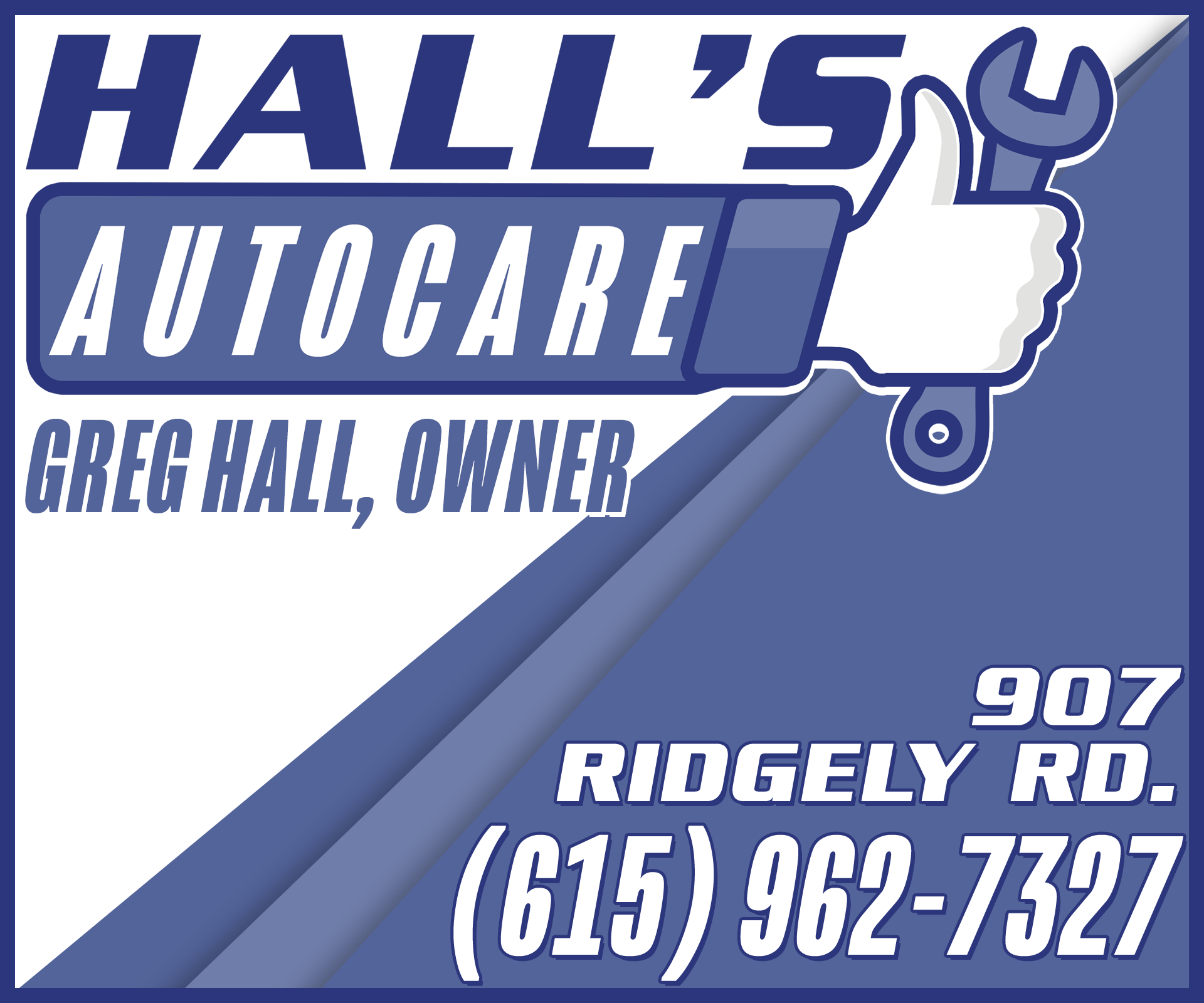Although it’s designed to make you safer on the road, AAA is warning drivers to be cautious when trusting certain vehicle technology. What’s called “active driving assistance” is designed to automate certain aspects of driving. However, AAA researchers warn that this system is far from 100% reliable.
Testing the Technology
While there are various forms of Advanced Driver Assistance Technologies in vehicles today, Active Driving Assistance is unique in that it combines functionalities like steering, acceleration and braking. AAA’s research focused on five vehicles equipped with Active Driving Assistance. View the full report.
AAA tested the functionality of active driving assistance systems in real-world conditions and in a closed-course setting to determine how well they responded to common driving scenarios.
AAA automotive researchers found that over the course of 4,000 miles of real-world driving, vehicles equipped with active driving assistance systems experienced some type of issue every 8 miles, on average.
Researchers noted instances of:
- Trouble keeping the vehicles in their lane and coming too close to other vehicles or guardrails
- Systems often disengaging with little notice – almost instantly giving control back to the driver
“Active driving assistance systems may lull drivers in to a false sense of security, allowing them to direct their attention away from driving,” said Megan Cooper, spokesperson, AAA – The Auto Club Group. “When using these systems, it’s critical that drivers remain focused on the road, in case you need to intervene. Although these systems are designed to make the roads safer, they’re still in the early stages of development and are not consistent.”
Why the Lane Centering System Struggles
On public roadways, nearly three-quarters (73%) of all system errors involved instances of lane departure or erratic lane position. These systems currently rely on in-vehicle cameras to determine lane position. Just like our eyes, the cameras struggle to “see” when lane markings are not clear or when the sun is providing too much glare. Also, lane changes can happen suddenly, causing the vehicle to struggle in a more complex driving environment.
Collisions with Disabled Vehicles
While AAA’s closed-course testing found that the systems performed mostly as expected. They were particularly challenged when approaching a simulated disabled vehicle, partially in the roadway. When encountering this test scenario, in aggregate, a collision occurred 66% of the time and the average impact speed was 25 mph.
AAA Recommendations
AAA believes manufacturers should do more simulations, closed-course testing and actual on-road evaluations prior to releasing to the mass market. These systems need to perform more consistently in order to improve the driver experience and overall reliability and safety. AAA has met with industry leaders to provide insight from the testing experience and shared our recommendations for improvement.
Should Drivers Purchase Vehicles with Active Driving Assistance Systems?
While the adaptive cruise control functionality of the active driving assistance systems works well, lane keeping assistance struggles. Our advice is to look for a vehicle with adaptive cruise control but wait a few years until the technology improves before purchasing a vehicle with active driving assistance.
“Drivers must clearly understand how these systems work before integrating them into their regular driving,” Cooper continued. “AAA recommends requesting a demonstration from the dealership as well as thoroughly reading the vehicle owner’s manual and other information provided online by the automaker.”
Tracking Drivers’ Trust in Technology
AAA’s 2020 automated vehicle survey found that only one in ten drivers (12%) would trust riding in a self-driving car. To increase consumer confidence in future automated vehicles, it is important that car manufacturers perfect functionality as much as possible – like active driving assistance systems available now – before deployment in a larger fleet of vehicles. The insights are also shared with AAA members and the public to inform their driving experiences and vehicle purchase decisions.












